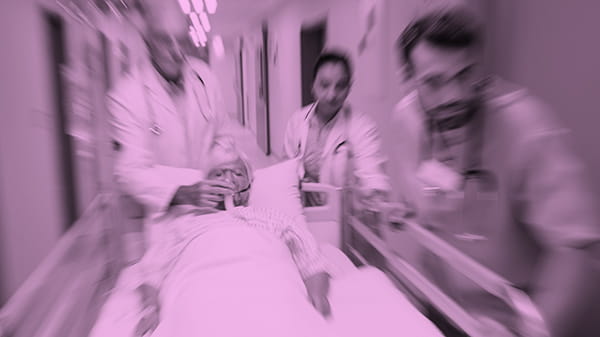Select your destination
Continue to Radiometer Medical
Did you know?
|
 |
Click here to renew consent
Challenges in Sepsis Diagnosis and Care
Sepsis is often overlooked or recognized too late. The later sepsis is recognized, the more deadly it will become [7].
The mortality rates associated with sepsis remains higher than prostate cancer, breast cancer, and HIV/AIDS combined. This is despite strict guidelines for the implementation of early and effective therapies which improve the chance of survival [6,8].


You might also be interested in:
![]()
CRP
CRP is a well-established biomarker of infection, inflammation, and is widely used in clinics and emergency departments.
![]()
PCT
Rapid, accurate PCT testing at the point of care is a vital aid to diagnosing sepsis.
![]()
Lactate
Lactate levels are typically elevated in patients with sepsis and septic shock.
References
1. Singer M, et al. The Third International Consensus Definitions for Sepsis and Septic Shock (Sepsis-3). JAMA 2016
2. Rudd et al. Global, regional, and national sepsis incidence and mortality, 1990 -2017: analysis for the Global Burden of Disease Study. The Lancet Volume 395, Issue 10219, 18 -24 January 2020; 200-211.
3. Rhee C, Jones TM, Hamad Y, Pande A, Varon J, O’Brien C, Anderson DJ, et al. Prevalence, Underlying Causes, and Preventability of Sepsis-Associated Mortality in US Acute Care Hospitals. JAMA Network Open 2019; 2,2.
4. Mostel Z, Perl A, Marck M, Mehdi SF, Lowell B, Bathija S, et al. Post-sepsis syndrome – an evolving entity that afflicts survivors of sepsis. Molecular Medicine 2020) 26,6.
5. What Is Sepsis? — World Sepsis Day - September 13. Assessed November 2022
6. Singer M, Deutschman CS, Seymour CW, Shankar-Hari M, Annane D, Bauer M, et al. The Third International Consensus Definitions for Sepsis and Septic Shock (Sepsis-3). JAMA 2016; 315,8.
7. Seymour CW, Gesten F, Prescott HC, Friedrich ME, Iwashyna TJ, Phillips GS, et al. Time to Treatment and Mortality during Mandated Emergency Care for Sepsis. n engl j med 2017; 376, 23.
8. Vincent JL. Increasing awareness of sepsis: World Sepsis Day. Crit Care 2012
Cookies are used on this website
Use of cookiesPlease enter a valid email
We will be sending an e-mail invitation to you shortly to sign in using Microsoft Azure AD.
It seems that your e-mail is not registered with us
Please click "Get started" in the e-mail to complete the registration process
Radiometer is using Microsoft AZURE Active Directory to authenticate users
Radiometer uses Azure AD to provide our customers and partners secure access to documents, resources, and other services on our customer portal.
If your organization is already using Azure AD you can use the same credentials to access Radiometer's customer portal.
Key benefits
- Allow the use of existing Active Directory credentials
- Single-sign on experience
- Use same credentials to access future services
Request access
You will receive an invitation to access our services via e-mail when your request has been approved.
When you accept the invitation, and your organization is already using AZURE AD, you can use the same credentials to access Radiometer's customer portal. Otherwise, a one-time password will be sent via e-mail to sign in.
